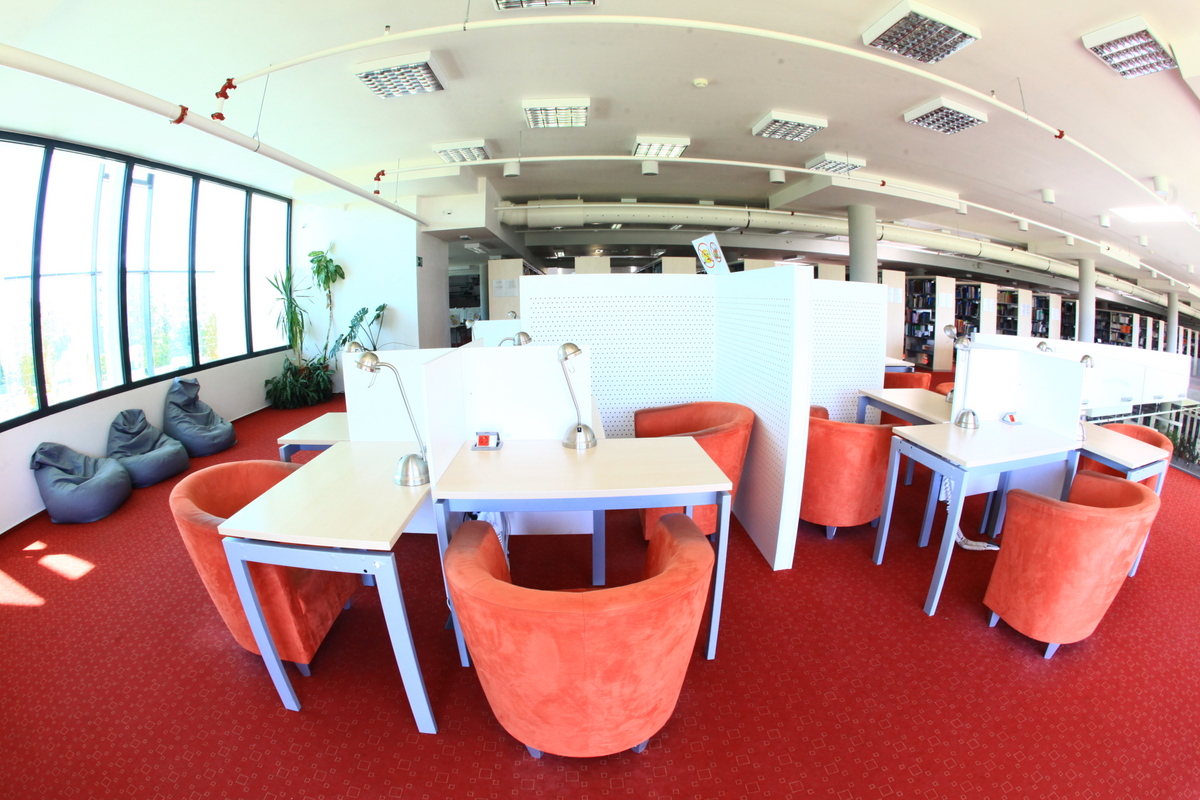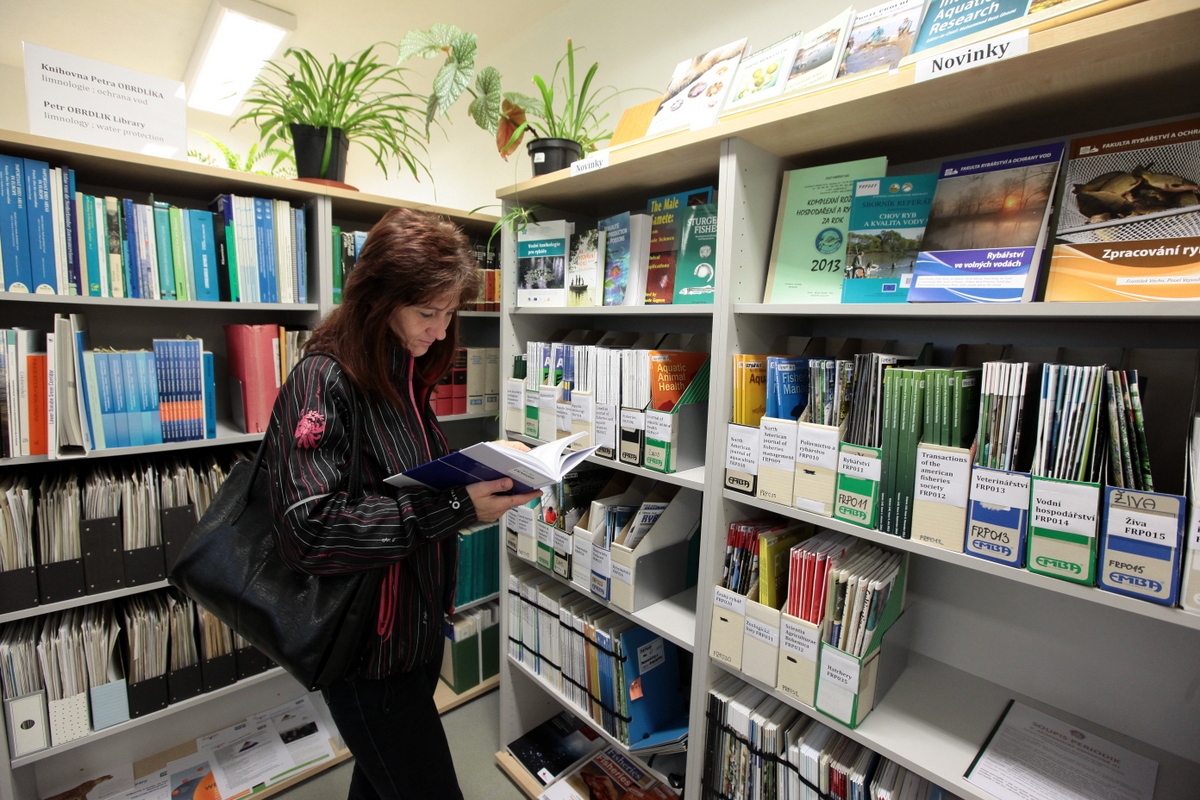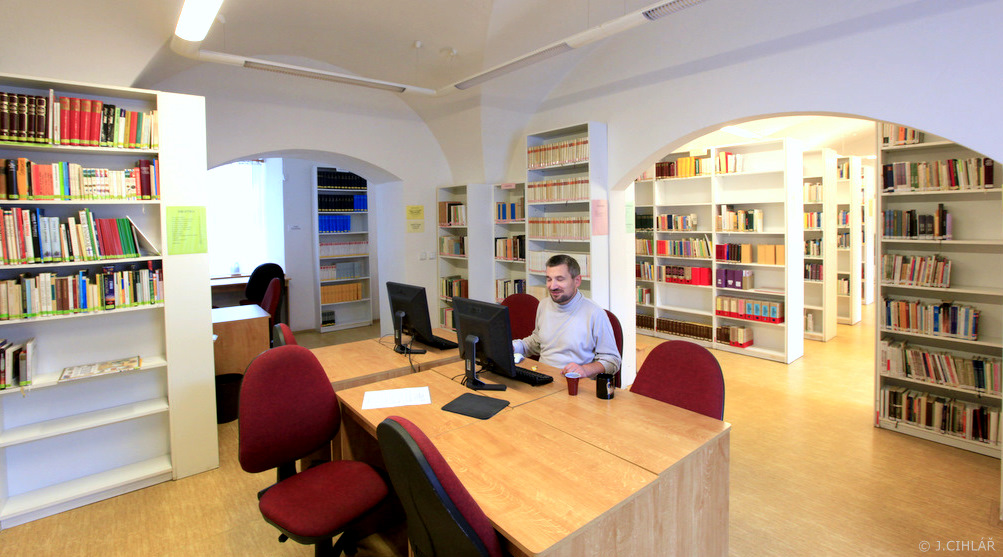Contact details for staff members
Contact details for staff members
-
Office of Information Services and Study Support
Mgr. Klára Dvořáková Mgr. Marcel Nový Mgr. Jana Sarauerová ✉️ This email address is being protected from spambots. You need JavaScript enabled to view it. ✉️ This email address is being protected from spambots. You need JavaScript enabled to view it. ✉️ This email address is being protected from spambots. You need JavaScript enabled to view it. 📞 +420 389 036 628 📞 +420 389 036 629 📞 +420 389 036 610 -
Stock Replenishment and Processing Office
Mgr. Olga Douleová Mgr. Dagmar Heřmanská Bc. Jana Honnerová Mgr. Jana Kubíková ✉️ This email address is being protected from spambots. You need JavaScript enabled to view it. ✉️ This email address is being protected from spambots. You need JavaScript enabled to view it. ✉️ This email address is being protected from spambots. You need JavaScript enabled to view it. ✉️ This email address is being protected from spambots. You need JavaScript enabled to view it. 📞 +420 389 036 614 📞 +420 389 036 621 📞 +420 389 036 619 📞 +420 389 036 625 Miroslava Nýdlová Bc. Pavlína Řeháčková Bc. Petra Votrubová, BBus. ✉️ This email address is being protected from spambots. You need JavaScript enabled to view it. ✉️ This email address is being protected from spambots. You need JavaScript enabled to view it. ✉️ This email address is being protected from spambots. You need JavaScript enabled to view it. 📞 +420 389 036 620 📞 +420 389 036 627 📞 +420 389 036 612 -
Office of Lending Services and Library Stock Preservation
Bc. Kateřina Budinská Ivana Hrošková Ing. Renata Kratochvílová Agáta Lehovcová ✉️ This email address is being protected from spambots. You need JavaScript enabled to view it. ✉️ This email address is being protected from spambots. You need JavaScript enabled to view it. ✉️ This email address is being protected from spambots. You need JavaScript enabled to view it. ✉️ This email address is being protected from spambots. You need JavaScript enabled to view it. 📞 +420 389 036 666 📞 +420 389 036 611 📞 +420 389 036 658 📞 +420 389 036 658 Mgr. Matěj Řeháček Miroslava Salajková Simona Štěpánová Radka Sudová ✉️ This email address is being protected from spambots. You need JavaScript enabled to view it. ✉️ This email address is being protected from spambots. You need JavaScript enabled to view it. ✉️ This email address is being protected from spambots. You need JavaScript enabled to view it. ✉️ This email address is being protected from spambots. You need JavaScript enabled to view it. 📞 +420 389 036 622 📞 +420 389 036 681 📞 +420 389 036 617 📞 +420 389 036 623 Marie Svobodová Martina Tupá Mgr. Jan Veselý ✉️ This email address is being protected from spambots. You need JavaScript enabled to view it. ✉️ This email address is being protected from spambots. You need JavaScript enabled to view it. ✉️ This email address is being protected from spambots. You need JavaScript enabled to view it. 📞 +420 389 037 799 📞 +420 389 036 658 📞 +420 389 036 658 -
FFPW Branch
Zuzana Dvořáková ✉️ This email address is being protected from spambots. You need JavaScript enabled to view it. 📞 +420 725 432 654 -
Austrian Library
Bc. Pavlína Řeháčková ✉️ This email address is being protected from spambots. You need JavaScript enabled to view it. 📞 +420 389 036 627 -
Script Shop
Jana Křížová ✉️ This email address is being protected from spambots. You need JavaScript enabled to view it. 📞 +420 389 036 667 -
Secretariat
Mgr. Radka Avramová ✉️ This email address is being protected from spambots. You need JavaScript enabled to view it. 📞 +420 389 036 601 -
IT department
Martin Langer Tomáš Musil Endpoint device manager Library system administrator, RFID device and eJCU ✉️ This email address is being protected from spambots. You need JavaScript enabled to view it. ✉️ This email address is being protected from spambots. You need JavaScript enabled to view it. 📞 +420 389 036 607 📞 +420 389 036 606
Library of Biology Centre of the Czech Academy of Sciences (CAS).
Contact
| Librarian | |
| Mgr. Ivana Čedíková | |
| ✉️ |
|
| 📞 +420 389 036 658 |
Read more …Contact details for staff members
- Hits: 187


